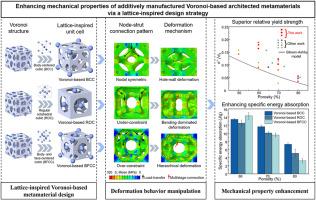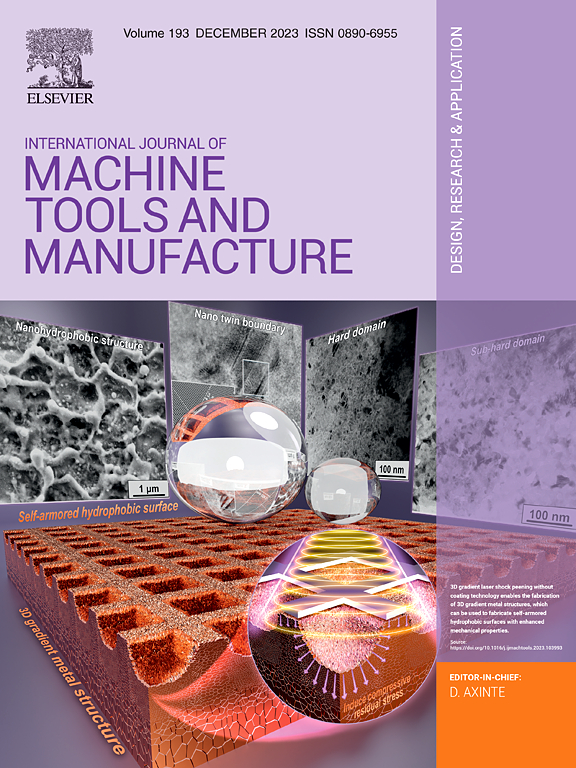Enhancing mechanical properties of additively manufactured voronoi-based architected metamaterials via a lattice-inspired design strategy
Abstract
Voronoi-based architected metamaterials have gained significant recognition as promising candidates for bone defect repair implants. However, the demanding requirements for reliable and adjustable load-bearing capacity pose challenges in applying irregular Voronoi-based architected metamaterials in implant applications. In this study, we propose a lattice-inspired design methodology for these metamaterials, enabling precise control over topologies and porosities to enhance their mechanical properties. We demonstrate the influence of unit cell topology on the printability, mechanical properties, and permeability of lattice-inspired Voronoi-based metamaterials (LIVMs) fabricated via laser powder bed fusion (LPBF) additive manufacturing. The LPBF-printed LIVMs exhibited yield strengths ranging from 3.35 to 17.59 MPa and specific energy absorption ranging from 3.81 to 14.29 J/g. Through finite element modeling and experimentation, we show that the deformation behavior of LIVMs with various topologies plays a crucial role in enhancing mechanical performance through mechanisms such as homogeneous load transfer between unit cells and multistage-contact strengthening within a unit cell. Additionally, we analyze the impact of unit cell type and porosity on the mass-transport behavior of LIVMs using computational fluid dynamics simulations. The LIVMs achieved experimental permeability values ranging from 3.88 × 10−9 to 16.83 × 10−9 m2 (consistent with trabecular bones), indicating that multiple fluid flow channels can be utilized to enhance mass transport by distributing flow pressure and increasing fluid mobility. The proposed design method effectively achieves a favorable combination of superior mechanical properties and tunable permeability in Voronoi-based architected metamaterials. These findings provide valuable theoretical guidance for the development of architected metamaterials for bone implant applications.


 求助内容:
求助内容: 应助结果提醒方式:
应助结果提醒方式:


